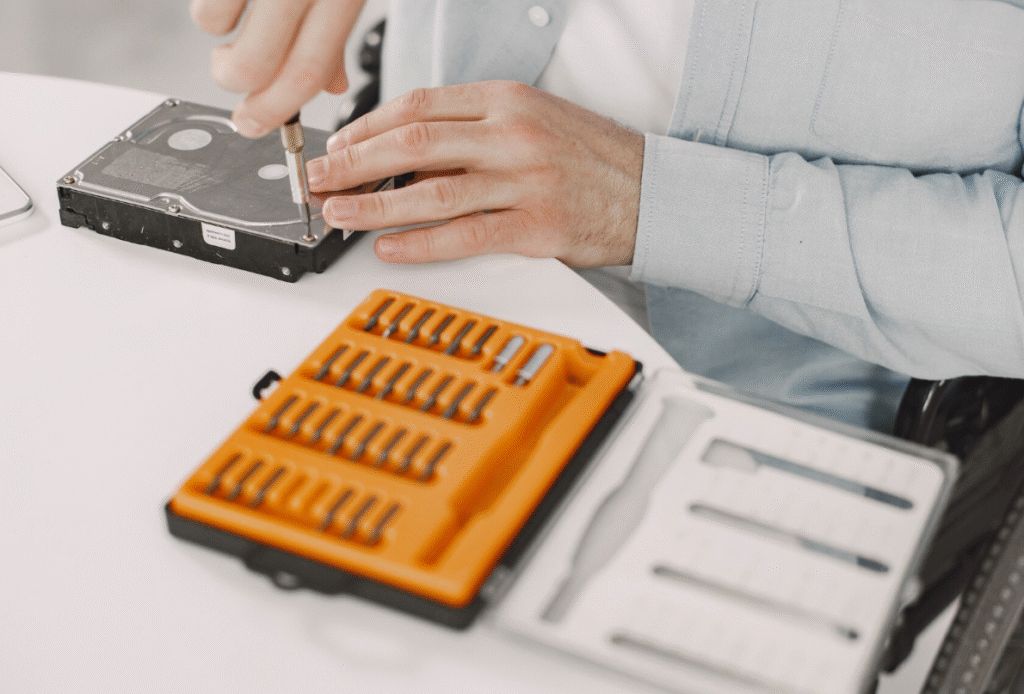In the shadowy corners of innovation, a silent revolution is unfolding—tiny, near-invisible sensors called smart dust are beginning to reshape how we interact with the physical world. Though the name sounds like science fiction, smart dust is very real, and its potential is both thrilling and unsettling.
What Is Smart Dust?
Smart dust refers to microscopic sensor nodes, often no bigger than a grain of sand, that can sense, compute, and wirelessly transmit data. These microelectromechanical systems (MEMS) are equipped with sensors, batteries (or energy-harvesting systems), and communication components. When dispersed, they form an invisible network capable of monitoring environments with incredible precision.
Originally conceptualized in the 1990s by researchers at the University of California, Berkeley, smart dust has transitioned from theory to prototype—and now, to limited real-world applications.
Invisible Intelligence Everywhere
The appeal of smart dust lies in its ubiquity and subtlety. These tiny sensors can be deployed almost anywhere—blown into the air, embedded in clothing, scattered on battlefields, or mixed into building materials. Once in place, they begin collecting data: temperature, pressure, movement, light, sound, chemicals—even biological markers.
Imagine a vineyard where smart dust monitors soil moisture and grape ripeness on a molecular level. Or a smart city where traffic patterns, pollution levels, and structural stress in bridges are all monitored by a cloud of invisible sensors. In hospitals, smart dust could track patient vitals from within the body, providing real-time health updates with minimal invasiveness.
The Secret Side: Surveillance and Control
But with invisibility comes a darker edge. The same technology that helps monitor crops can also monitor people, often without their consent or knowledge. Smart dust could be deployed to track movements, listen to conversations, or map human behavior in extreme detail.
This raises profound ethical questions. Who controls the data? Who decides when and where smart dust can be used? As the technology becomes cheaper and more widespread, privacy risks increase exponentially. Unlike cameras or smartphones, smart dust doesn’t announce itself—it doesn’t blink, beep, or buzz. It just… watches.
Technical Challenges
Despite the hype, smart dust still faces several hurdles:
- Power supply: How can such tiny devices stay powered for long periods?
- Communication limits: Transmitting data wirelessly at a microscopic scale is still inefficient.
- Deployment control: Once released, smart dust is hard to retrieve or update.
- Security: Preventing unauthorized access to such pervasive systems is complex.
Nonetheless, researchers continue to make progress in nanobatteries, wireless protocols, and biodegradable components.
The Future of the Invisible
As we move into an era of hyper-connectivity, the line between the physical and digital world blurs. Smart dust could one day make the entire world a responsive interface—a planet where everything communicates, down to the walls, trees, and clothes we wear.
But the secret life of smart dust isn’t just about technology—it’s about the choices we make as a society. Will we use it to heal, optimize, and understand? Or to spy, manipulate, and control?
The dust may be small, but its impact could be massive.


